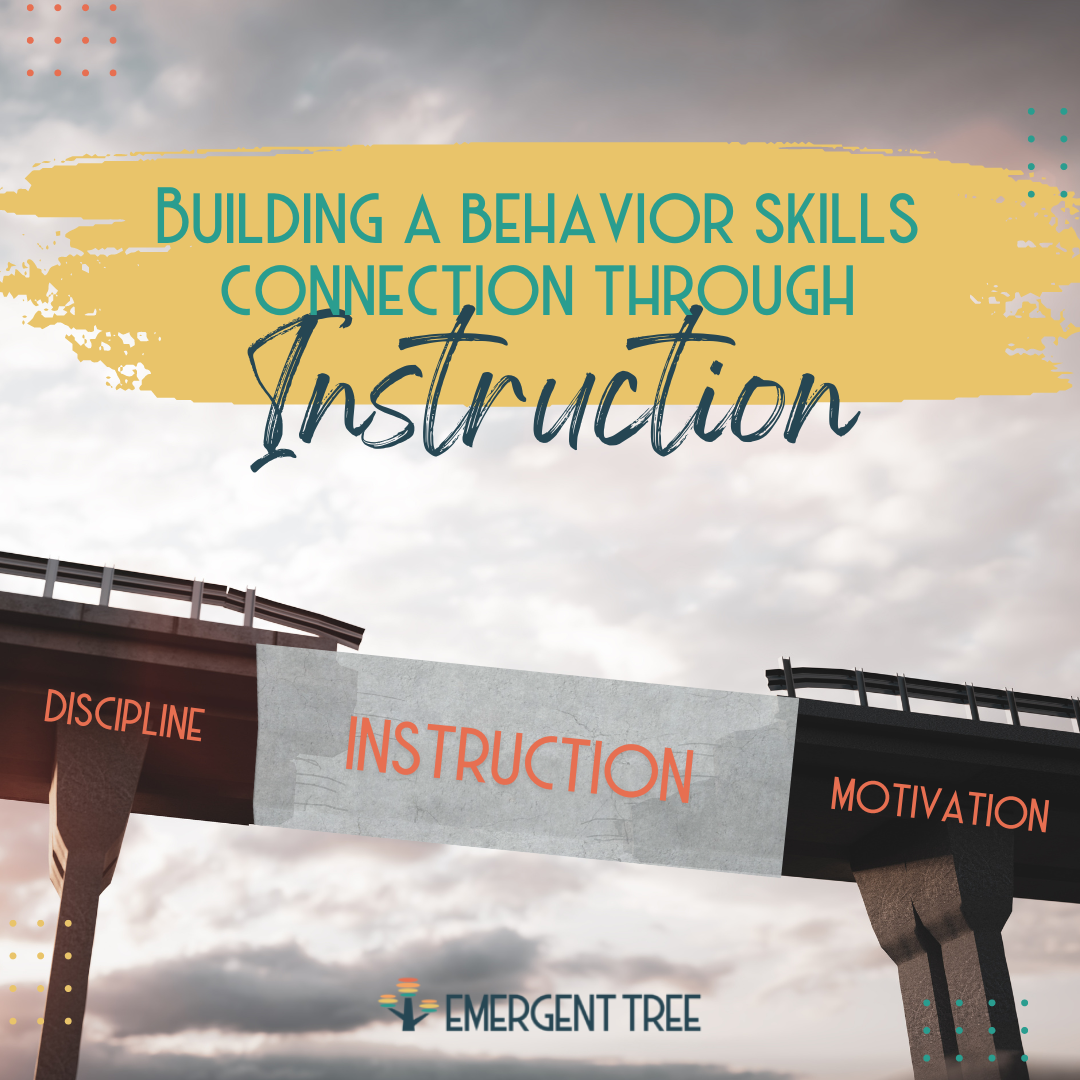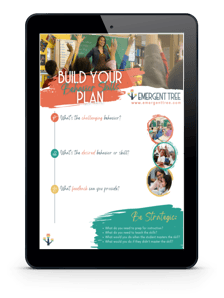We all have our stories of how we entered the education world. For myself, I started as a reading instructor. In my early career, I learned and implemented clearly defined instructional practices for reading. I built a learning plan for students by focusing on foundational questions. What does the student already know? Which prerequisite skills need to be reviewed? What sequence of activities will lead to mastery of the concept? How will I assess progress and know students have mastered the reading skill?
I learned that a solid instructional approach involves:
-
-
- Advanced planning and clear objectives
- Explicit teaching of skills
- Opportunities for practice
- Frequent feedback on performance
- Progress monitoring
- Reteaching & extension
-
If one of my students struggled with a reading skill, I’d investigate to solve the issue. I’d try to understand the gaps in understanding, consider how I could reteach the concept in a different way, and provide new opportunities to practice and apply the skill. Often I’d provide students with the opportunity to participate in additional small group instruction and reading activities to accelerate their learning.
These same concepts apply to building skill mastery in other academic topics, such as math, science, or grammar.
So, what if you looked at behavior with this same instructional mindset?
Historically in education, the topic of behavior has been approached through punishment and negative consequences. When students displayed behaviors that interfere with learning, they were removed and excluded from the classroom. The premise being that punishment teaches the student to behave differently in the future. But imagine this sort of response was applied when a student struggled in reading. Would sending them home or to the office result in better reading ability? Not likely. In fact, it would be counterproductive, right? Excluding students would only set them further behind.
If we dismiss the student from the classroom because of their behavior, we remove them from the environment where they have the best opportunity to learn.
Motivation is another popular approach to address behavior in schools. In this approach, educators focus on building relationships and increasing a student’s desire to behave and follow expectations. While this may seem to be a more positive method, this motivational mindset can be problematic as well. If we go back to our reading example, developing a positive relationship with the teacher and instilling a strong desire to read does not result in better reading skill. While those factors may be beneficial, reading only improves after additional instruction, practice and feedback.
At Emergent Tree, we believe that consequences are a natural response to behavior and that motivation can inspire positive change, but the most powerful tool for behavior is instruction. Instruction should be the anchor for our behavioral decision-making and the mindset we apply to address behavioral challenges.
Luckily, as educators, we already have a deep knowledge of instruction which provides us not only with a common philosophy but also a level of expertise to make a significant impact on behavior.
 The Key: Learning
The Key: Learning
When students struggle with behaviors in the classroom, teachers often respond with emotion. An instructional approach supports teachers to step back from decisions based on subjective opinions and emotion and engage in objective problem-solving instead.
Asking questions such as, "What are the skills and strategies that are missing?" and "What sorts of activities will support students to learn these skills?" enables productive conversation and planning around behavior.
-
-
- Identify the skill
- Develop a strategy
- Define success
-
When we shift our perspective, we can use the instructional tools we already have as a common ground to support our student’s behavior skills and build a connection through instructional learning.
What’s the next step?
At all school levels, we make assumptions about the behaviors that students should already know and be able to demonstrate. This is one of our first deviations from an instructional approach. Just like we wouldn’t assume someone knows how to read if they haven’t been taught, we can’t make assumptions about the behavior skills our students have mastered.
Instead of making an assumption about what a student already knows, consider the following structure as an approach to teaching behavior:
-
- State the challenging behavior - clarify what the behavior is objectively - what do you observe, see, or hear in the situation?
- Example: Student calls out in class without being called upon.
- State the desired behavior and skills needed - identify what skills they need to learn to handle the challenging behavior correctly.
- Example: Identify alternate behaviors - raising their hand, how to wait their turn, methods for how to capture their thoughts while they are waiting, so they don’t forget. Just telling them not to talk out of turn won’t solve the behavior issue - they need to understand what to do as a replacement for this behavior.
- Provide Feedback - create ways to affirm and give feedback when they are on the right track.
- Example: Affirm the student when their hand is raised, how they were able to write down their thoughts, etc. Anchor back to what has been taught if they don’t accomplish this skill each time.
- State the challenging behavior - clarify what the behavior is objectively - what do you observe, see, or hear in the situation?
Ready to start your planning? Download an easy tool to help guide you.
If you’re ready to take your learning to the next level, here are a couple more of our resources to help you out:
-
-
- Course: Behavior in Schools
- Free Webinar: How to Flip Your Behavior Focus
-




Comments